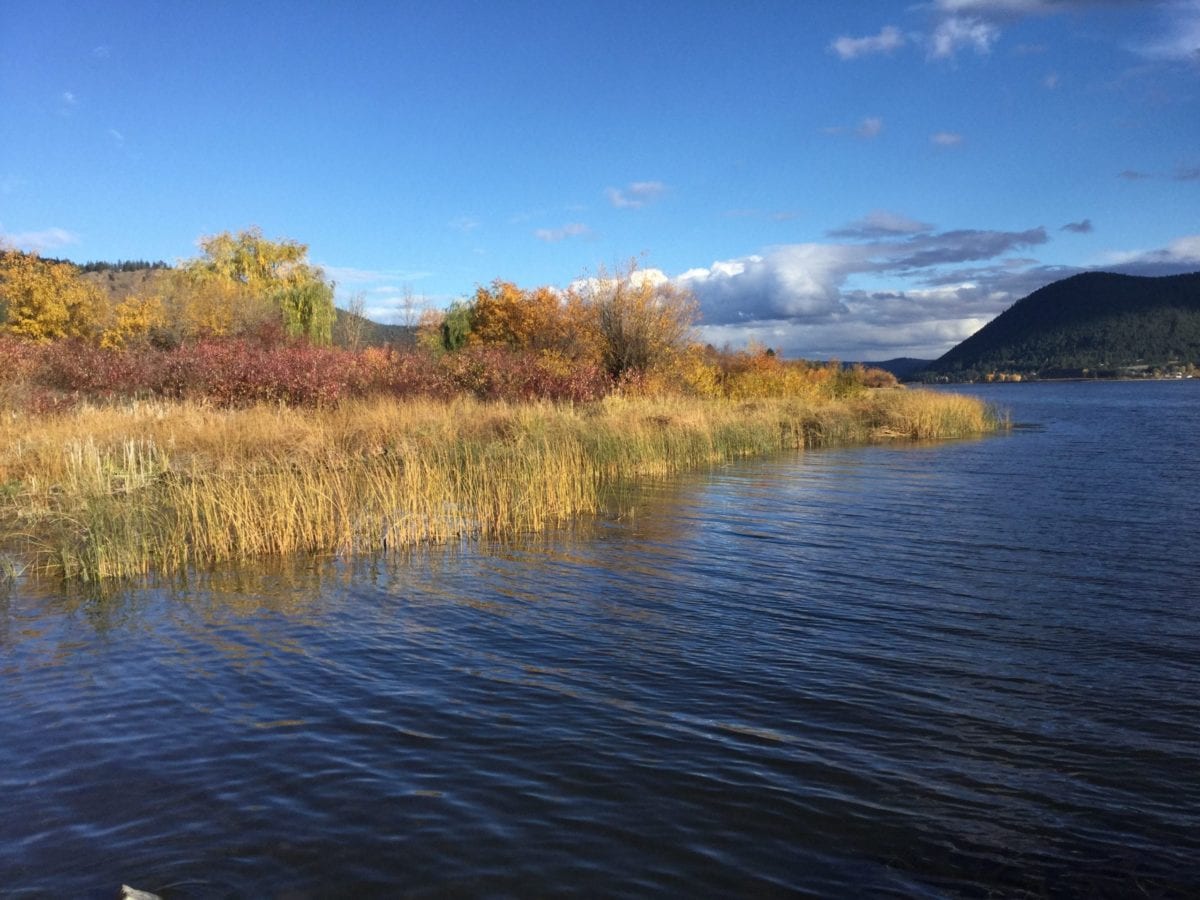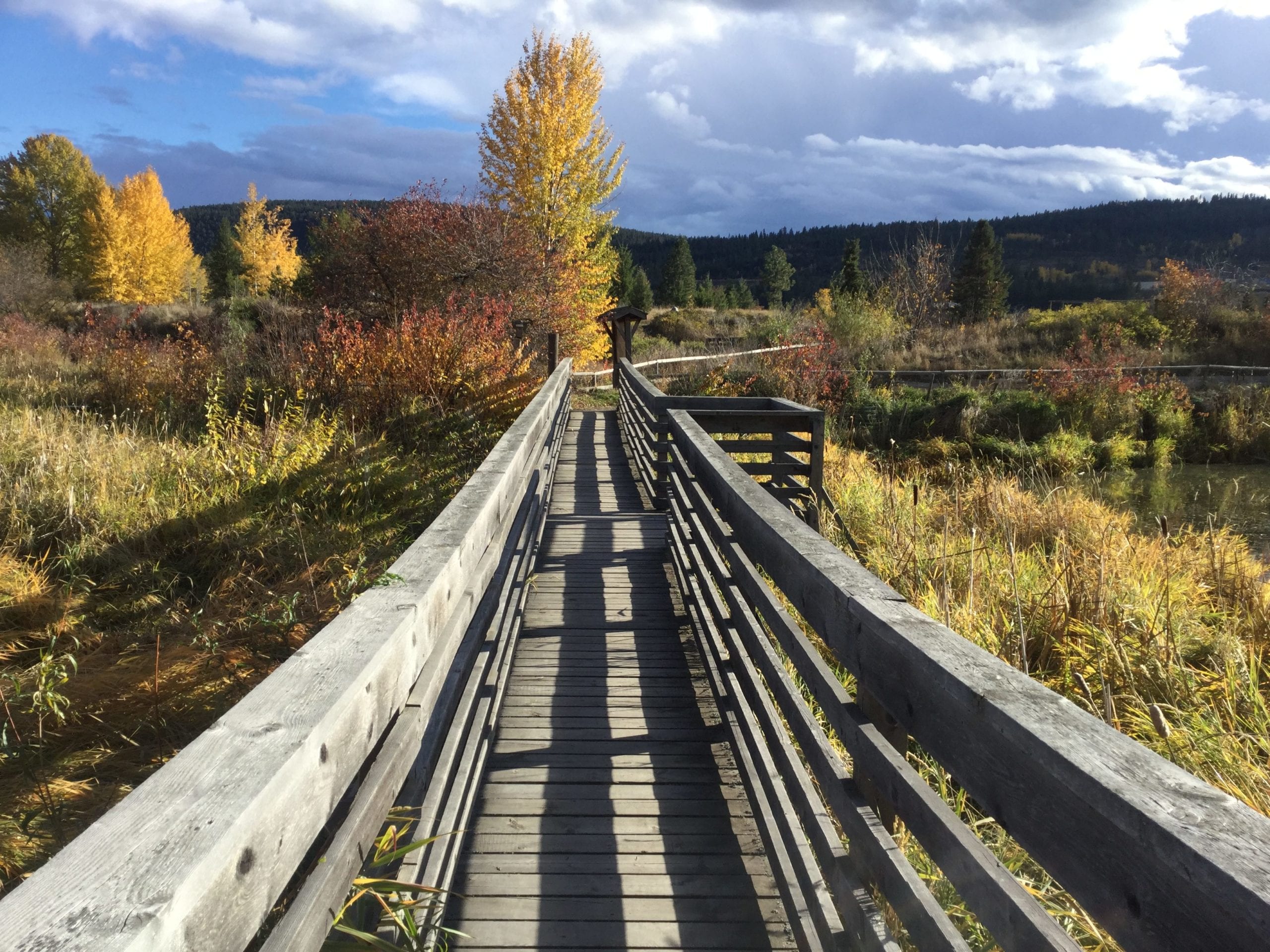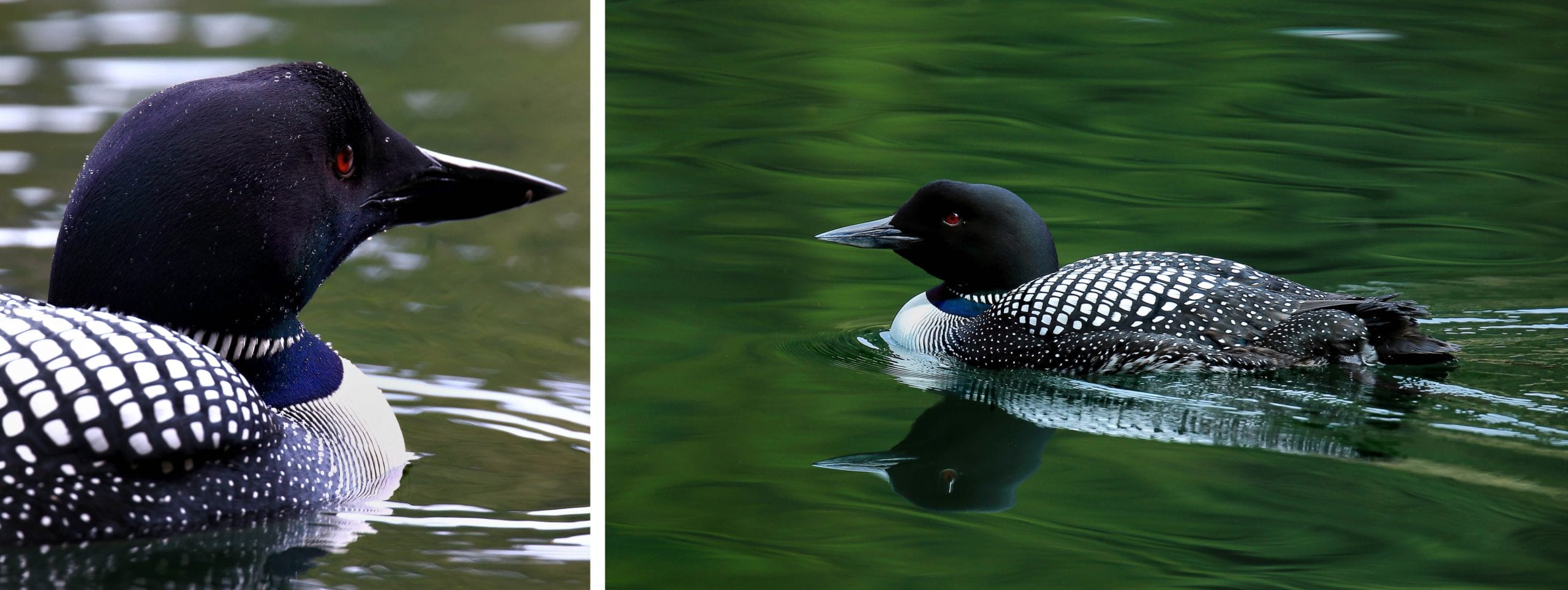
Scout Island
- Located in the city of Williams Lake, BC
- Acquired: 1973-1988
- Size: 10.1 hectares (25 acres)
- Online property map
Conservation Importance
Scout Island conserves the marsh ecosystem on Williams Lake. The marsh and wetland are a mecca for wildlife, especially birds. The wetlands and enhanced habitat with bird houses and perching posts attract birds such as the Red-necked Grebe, hummingbirds, Common Loon, Wood Duck, Osprey, Yellow-headed Blackbird, flycatchers, woodpeckers, Yellow Warbler and Great Blue Heron. A variety of other wildlife can be found here including the River Otter, Red Fox, American Beaver and the blue-listed Western Painted Turtle.

NTBC conservation property, Scout Island
Access & Directions
Scout Island is open to the public through the Scout Island Nature Centre and the series of trails and education programs offered there.
To get to Scout Island Nature Centre:
- From downtown Williams Lake is a five minute drive south on Highway 97/BC-97 S.
- Turn right onto MacKenzie Avenue South
- Take a sharp left onto Borland Road.
- The Scout Island Nature Centre is at the end of the road with parking available.
Activities & Events
Scout Island is a popular location for naturalists, hikers, swimmers, and birdwatchers. Scout Island Nature Centre runs a variety of environmental education and community programs for people of all ages. The Scout Island Nature House is open by appointment year round for school and community programs. It is open to the public every day from May through August and on the weekends until October. The Nature House features interpretative displays, a nature library and a naturalist who can answer questions about the area. There are a series of trails for self-directed nature walks and wildlife viewing platforms.

Loons by William Murdock
Management & Stewardship
The Scout Island property is managed in partnership with the Williams Lake Field Naturalists and the City of Williams Lake to maintain the natural values of the property for wildlife habitat and engage the community in environmental education.
